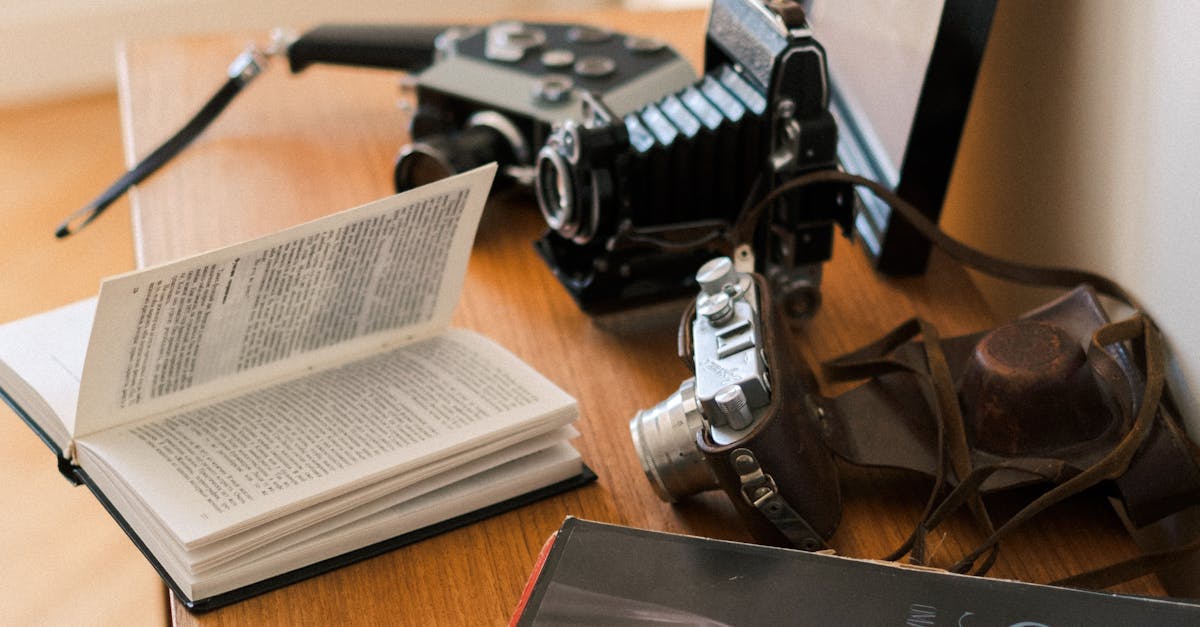
Regular maintenance of sewer camera cables is crucial for ensuring their longevity and optimal performance. One of the key practices to extend the lifespan of cables is to clean them thoroughly after each use. Removing any debris, dirt, or moisture will prevent corrosion and dImplementing Cable Management Practicesamage, ultimately prolonging the cable's lifespan. Additionally, it is recommended to inspect the cables visually for any signs of wear and tear, such as fraying or kinks, and address these issues promptly to prevent further damage.
Developing proficiency in handling and adjusting cable length Moreover, storing the cables in a cool, dry place away from direct sunlight and extreme temperatures is crucial in preserving their integrity. It is also advisable to avoid storing cables near any sharp objects or chemicals that could cause abrasions or corrosion. By following these simple yet effective handling and storage practices, operators can greatly extend the lifespan of their sewer camera system cables, ultimately saving time and money on replacements.during inspections
FAQSDeveloping proficiency in handling and adjusting cable length during inspections is crucial for ensuring smooth and efficient operations when using sewer cameras. Technicians must be well-versed in the correct techniques for managing cable length to avoid tangling or damage during inspections. By practising regularly and familiarising themselves with the equipment, operators can improve their ability to adjust cable length swiftly and accurately as needed.
What are some common cable compatibility issues faced in sewer camera systems?Proper training and hands-on experience are essential for mastering the skill of handling sewer camera cables effectively. Technicians should undergo thorough training to learn the best practices for managing cable length in various sewer system scenarios. By honing their skills through practical experience and training sessions, operators can enhance their proficiency in adjusting cable length during inspections, ultimately leading to more efficient and successful sewer camera operations.
Common cable compatibility issues in sewer camera systems include mismatched connectors, incorrect cable types, and inadequate cable length.FAQS
How can I choose the right connectors for my sewer camera system cables?How does the length of the cable impact sewer camera operation?
When choosing connectors for sewer camera system cables, ensure they are compatible with both the camera and monitoring equipment, waterproof, and provide a secure connection.The length of the cable can significantly affect the maneuverability and reach of the sewer camera during inspections. Longer cables may provide access to deeper or more distant areas but can also be more challenging to manage.
What are some cable management practices that can improve durability in sewer camera systems?What are some tips for ensuring the durability and longevity of sewer camera cables?
Implementing proper cable routing, securing cables to prevent snagging, and regularly inspecting cables for wear and tear are essential cable management practices for improving durability in sewer camera systems.To ensure the durability and longevity of sewer camera cables, it is essential to handle them with care, avoid sharp bends or kinks, regularly inspect for any signs of damage, and store them properly after each use.
How can I extend the lifespan of cables in my sewer camera system?Are there cost-effective solutions available for challenges related to cable length in sewer camera operations?
To extend the lifespan of cables in a sewer camera system, follow proper handling and storage techniques, avoid bending or twisting cables excessively, and protect cables from harsh environmental conditions.Yes, there are cost-effective solutions such as using extension cables or investing in adjustable cable systems that allow for easier adjustments to the length as needed during inspections.
What are some effective cable storage solutions for sewer camera systems?What kind of training and skills are required for effectively managing sewer camera cable length?
Organising cables in a clean and dry storage area, using cable reels or spools to prevent tangling, and labelling cables for easy identification are effective cable storage solutions for sewer camera systems.Proper training and skills are essential for effectively managing sewer camera cable length. Operators should be proficient in handling and adjusting cable length during inspections to ensure efficient and successful operations.
How can proper maintenance practices help in extending the lifespan of sewer camera cables? Regular maintenance practices such as cleaning, inspecting for wear and tear, and storing cables properly can significantly extend their lifespan, saving on replacement costs and ensuring reliable performance during sewer inspections.Related Links
Optimal Cable Length for Different Sewer Inspection ScenariosFactors Affecting Cable Performance in Sewer CamerasRelated Links
Flexibility Requirements for Sewer Camera Cable ManagementFlexibility Standards for Sewer Camera Cable Technology
Flexibility Standards for Sewer Camera Cable TechnologyCable Material Considerations for Sewer Camera Flexibility
Impact of Cable Length on Sewer Camera OperationFlexibility Requirements for Sewer Camera Cable Management
The Role of Cable Flexibility in Navigating Sewer Systems